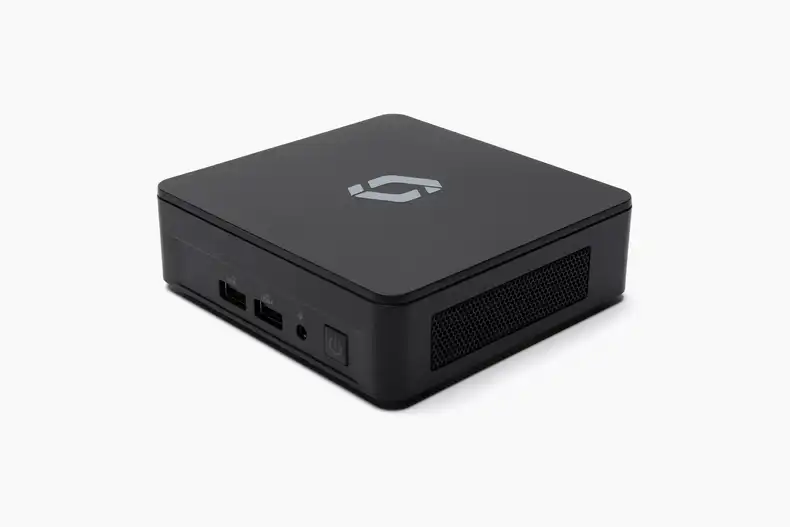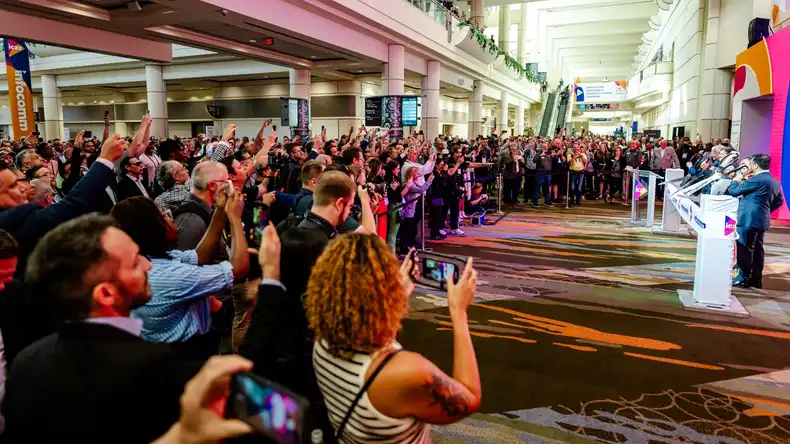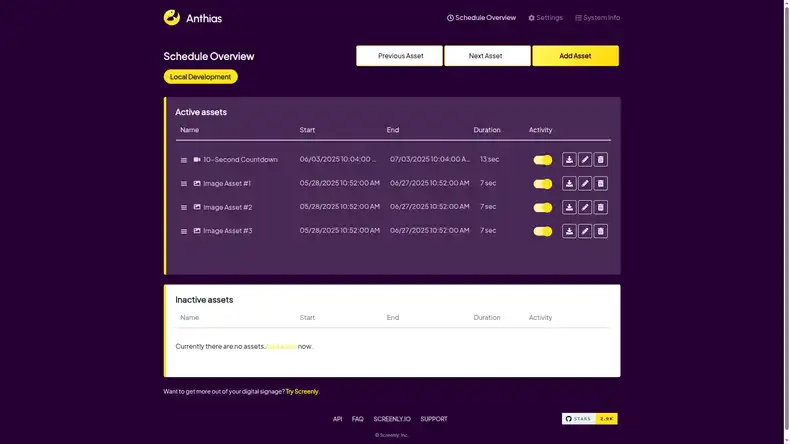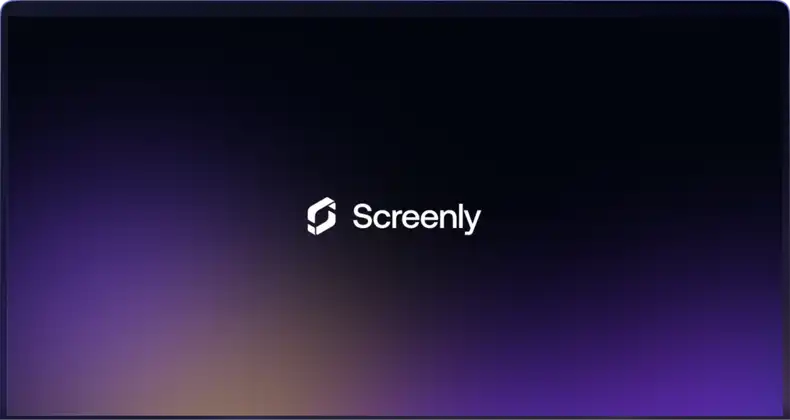Static menu boards present a variety of issues and inconveniences to a restaurant. As stated in the name, this menu solution is static. This means that once the menu is installed, the installed menu signage is what will stay for the near future. Restaurants are not able to change the menu on the fly, they are not able to change prices or correct typos, and they certainly are not able to use captivating video content. Some restaurants have implemented multiple backlit posters that are regularly switched out, however, this process is inconvenient, takes time, and interrupts customers who are present in the restaurant if these menus are changed during the day. Today, more and more restaurants are turning to digital signage as a solution for their menu boards.
Several studies suggest that digital menu boards can increase sales for restaurants. For example, Burger King found a 64% increase in sales within 12 months of installing digital menu boards in London. Additionally, UK-based Prime Burger increased sales by 50% after implementing digital signage based menus. However, how exactly do restaurants use digital signage to increase sales? There are several ways, indirectly and directly, that digital menu boards can increase a restaurant’s revenue:
1. The Ability To Quickly Adjust Prices
Input costs change over time. If a restaurant is not careful, they can quickly lose their margins on particular menu items if they do not adjust prices accordingly. With static menu signage, implementing price changes is no small task. This would include the need to get new signs designed, printed, and installed. This process takes time and costs money. As a result, many restaurants simply forgo this hassle at the expense of achieving smaller margins. With digital menu boards, prices can be quickly updated from a central dashboard and restaurants can maintain the margins they need to stay financially healthy.
2. Display Visually Appealing Images and Video
Static signage simply doesn’t have the visual appeal of digital signage. With digital menu boards, restaurants can offer customers bright and dynamic visuals that can excite a customer’s appetite. Such content can include a cold beverage dripping with condensation or a video of sizzling burger. Digital menu boards allow your restaurant to pair your menu offerings with movement and animation, and this can keep your customer engaged and willing to try new order combinations as they review your digital menu. Relatedly, to find great stock images for your digital menu boards, check out our blog post on several great sites for stock images.
3. Advertise Special Offers and Promotions
With a digital menu board solution, special offers and promotions can be easily integrated directly in your menu. These special offers no longer need to be isolated in a standing poster or other visual that is located away from where the customer is actually looking when they place an order. With digital menu boards, restaurants can be more creative and on-the-fly with special offers that are integrated in their menu, and they can quickly test and remove any promotions that do not cause customers to order. Additionally, restaurants can integrate attractive, animated visuals of up-sells or combo deals directly next to the main food item or meal the customer is ordering. Also, restaurants can integrate their digital menu board to their backend software via API to promote the most popular items over time.
4. Temporarily Remove Off-Menu Items
When an item is displayed on a menu and the restaurant is temporarily out of stock of this item or an essential ingredient for it, customers can become frustrated when their order can’t be fulfilled. With static signage, there is nothing a restaurant can do to avoid this issue beyond better supply-chain management. However, with a digital menu board, the restaurant can quickly remove this item from the menu. As soon as the next day when the item is available again, the restaurant can quickly display the menu item again. This ability to quickly and easily remove errors extends to fixing typos as well. While it is a small issue, fixing a single typo would require an entire static sign to be replaced. With a digital menu board, any realized typos can quickly be changed and fixed. Digital menu boards can provide restaurants with the needed flexibility to deal with the unpredictability of everyday business.
5. Enhance the Customer Experience
As you know, one thing customers hate is waiting. With digital menu boards, restaurants can display engaging content that may reduce the customer’s perceived waiting time. Such content can include videos on how the food is sourced and prepared or fun facts and figures about the restaurant or chain. This provides restaurants an opportunity to not only engage their customers while they are waiting but also to non-invasively communicate their brand and message.
In order to implement digital menu boards in your restaurant, you will of course need to design a digital menu to display. There are several great tools that can help you do this. One of these tools is Adobe Illustrator. Adobe Illustrator will provide you the greatest level of customization to your digital menu board design and will provide you with professional-grade, vector-based editing capabilities. For a more plug-and-play option, you can use tools such as DS Menu. DS Menu allows you to edit pre-built menu templates that will look great in your restaurant. While you sacrifice the customization you will find in Adobe Illustrator by using DS Menu, you will find that you will spend much less time designing and editing templates when you use this plug-and-play software. If this easy, pre-built solution seems right for you, you should also check out Signage Creator, which is another great digital menu board design option and is a direct competitor of DS Menu. You will then need a digital media player and a cloud-based software solution to display your newly designed digital menus, and, of course, Screenly digital signage players are the way to go.
Grandview Research, Inc. estimates that the digital signage industry will grow to $30.71 billion by 2025 with a compound annual growth rate of 7.9%. This rapid growth of the industry is because many verticals, such as restaurants, are realizing the business process improvements and revenue gains that digital signage can provide. For your restaurant to maximize its bottom line and stay competitive in today’s market, one clear step is to make the move from static menus to digital menu boards.





